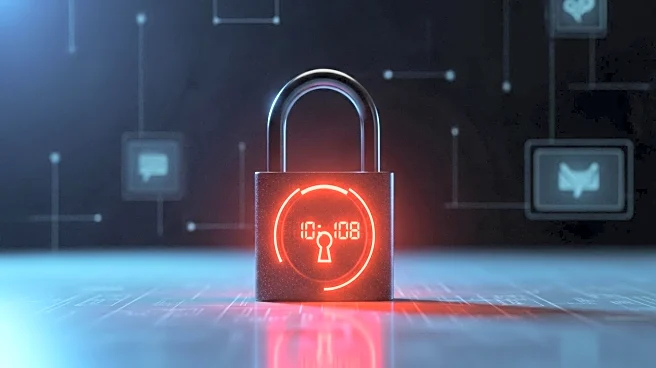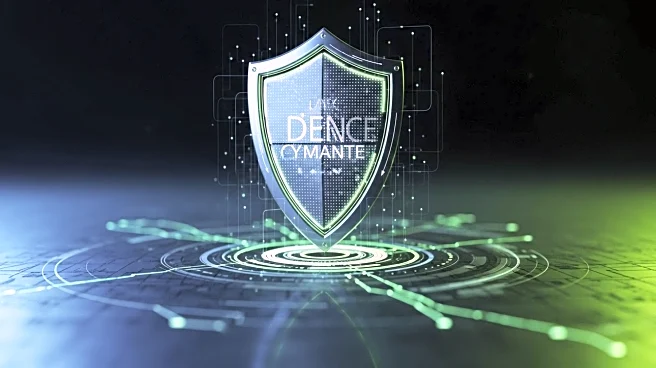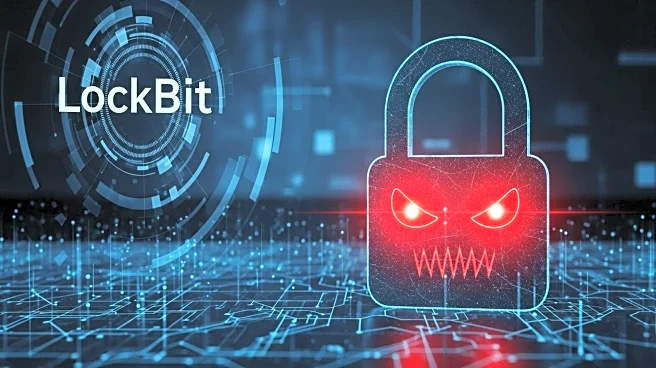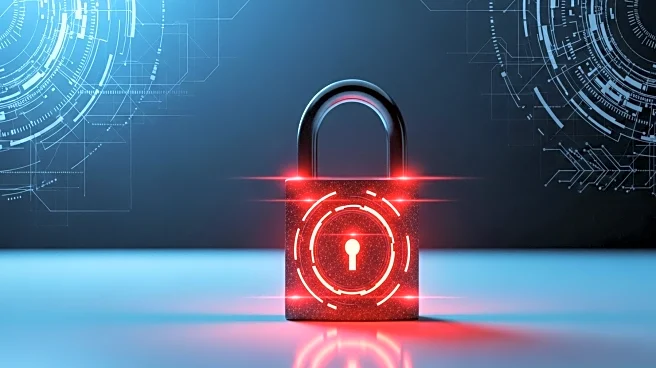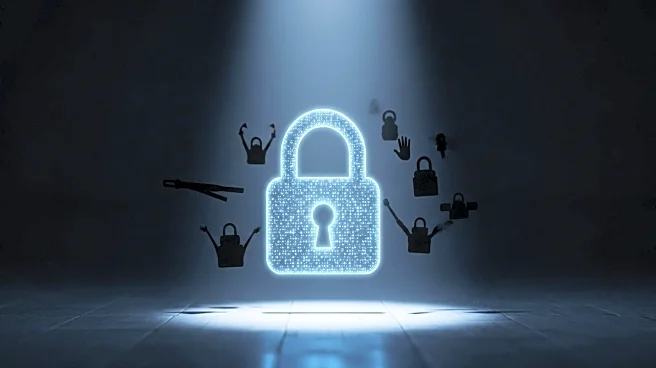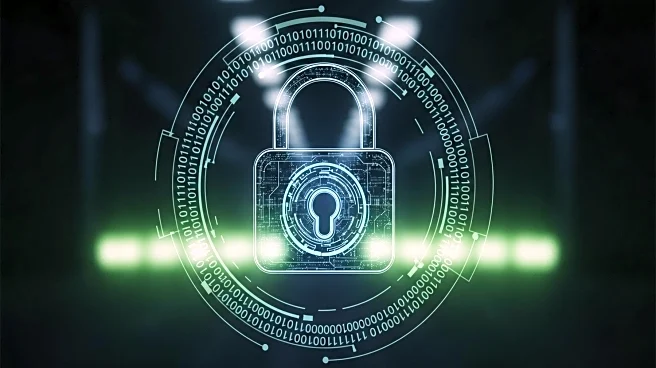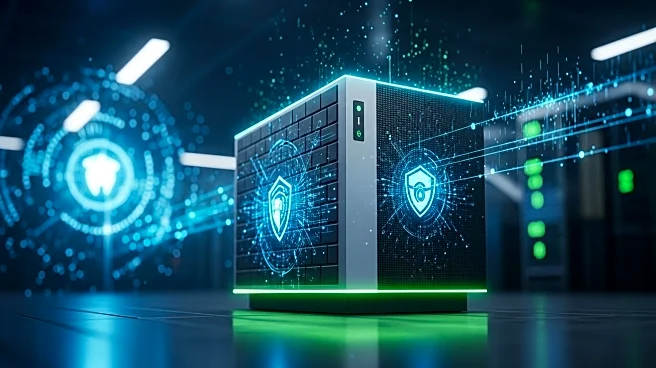What's Happening?
The LockBit 5.0 ransomware variant is actively being distributed across Windows, Linux, and ESXi environments, marking a significant evolution from previous versions. This new strain features improved user interfaces, enhanced anti-analysis mechanisms, and increased flexibility for affiliates, making recovery more challenging. The variant continues LockBit's cross-platform strategy, enabling simultaneous attacks on enterprise networks, including workstations and critical servers. Trend Micro's analysis highlights the similarities between LockBit 5.0 and its predecessor, LockBit 4.0, in terms of hashing algorithms and API resolution components.
Why It's Important?
The emergence of LockBit 5.0 underscores the growing sophistication of ransomware threats, posing significant risks to businesses and organizations across various sectors. The variant's ability to target multiple platforms simultaneously increases the potential for widespread disruption, impacting operations and data security. As ransomware attacks become more advanced, cybersecurity measures must evolve to address these challenges, emphasizing the importance of proactive defense strategies and robust recovery plans.
What's Next?
Organizations are advised to strengthen their cybersecurity frameworks to mitigate the risks posed by LockBit 5.0. This includes implementing comprehensive security protocols, conducting regular vulnerability assessments, and educating employees on best practices for preventing ransomware attacks. Collaboration between cybersecurity experts and industry stakeholders will be crucial in developing effective countermeasures and sharing intelligence on emerging threats.
Beyond the Headlines
The rise of LockBit 5.0 highlights broader concerns about the increasing complexity of cyber threats and the need for coordinated global responses. Ethical considerations arise in balancing privacy and security, as organizations deploy advanced monitoring tools to detect and prevent attacks. The ongoing evolution of ransomware tactics may drive innovation in cybersecurity technologies, shaping the future landscape of digital security.

